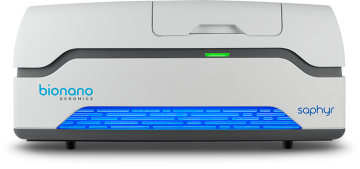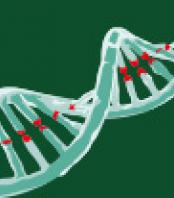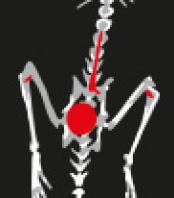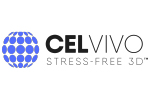Life only exists because of the ability of cells to replicate, and death can come early when a cell’s replication spins out of control. Yet exactly where eukaryotic cells start when their large genomes need to be copied is still somewhat of a mystery. Studies looking into replication origins have largely focused on simple organisms with smaller genomes. Observing this process in large genomes like ours is difficult because eukaryotic cells have up to 50,000 replication start points per cell per cycle, and even the most commonly observed replication origin in the genome functions as such in just 10 percent of cells. To find answers to the question of where and when replication starts in individual cells, one needs a technology that can image and identify large single DNA molecules that are fluorescently labeled at high resolution and throughput… and of course we knew just what technology that could be!
Read more







































